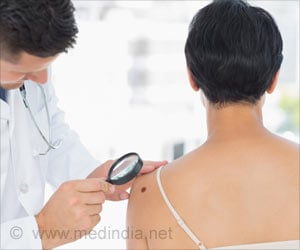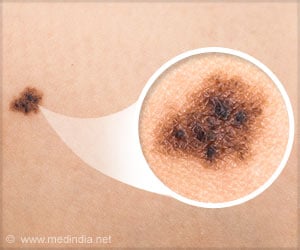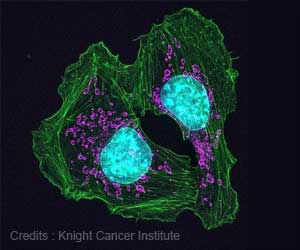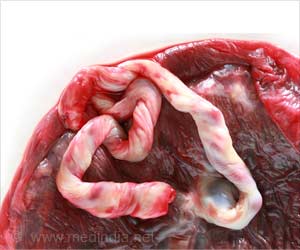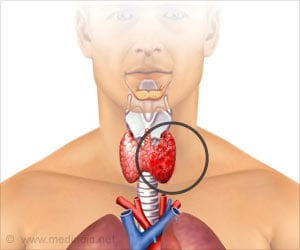Dermatology is a highly visual field, so we need to look more closely at our visual training.Eye-tracking help promote effective skin self-examination(SSE)

‘Eye-tracking technology are actually more effective than photos in helping people spot problematic moles.’





"Dermatology is a highly visual field, so we need to look more closely at our visual training," said Brigham Young University communications professor Kevin John, who used eye-tracking technology to show that illustrations are actually more effective than photos in helping people spot problematic moles.For this study, recently published in the Journal of Health Communication, John and colleagues at the University of Utah showed participants SSE brochures, some with illustrated visuals and some with photographic. As with his prior eye-tracking studies, which he has been doing for more than a decade, he focused on people's fixation points -- the spots where "their eyes have stopped long enough for their brain to figure out what they're looking at."
The two primary SSE methods both offer visual or illustrated examples of moles and have patients look out for specific mole characteristics. The ABCDE method teaches people to look at asymmetry, border, color, diameter and evolving features of their mole to get a sense of whether it might be cancerous.
More straightforward is UDS, or ugly duckling sign. "That basically says look at all of the moles on your body and if you see one that looks different from the others, get it checked out," John said.
Regardless of the method, John and his co-authors found that photographs helped participants become more confident in telling whether a normal mole is normal. On the flip side, illustrations led participants to fixate on atypical moles longer than photographs did.
Advertisement
The risk of developing melanoma in the United States is one in 55, up from one in 120 three decades ago -- and Utah consistently ranks No. 1 in the nation for new melanoma cases.
Advertisement
As such, John hopes these findings will be used to develop more effective SSE training guidelines. "It can inform pamphlets that are in doctors' offices, it can inform advertisements that are looking at skin cancer it can be used to inform any kind of messaging related to skin cancer moving forward."
Source-Eurekalert

